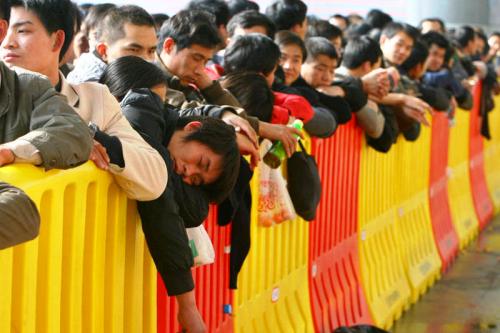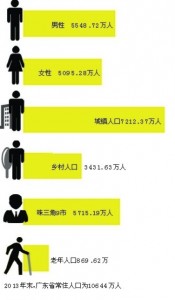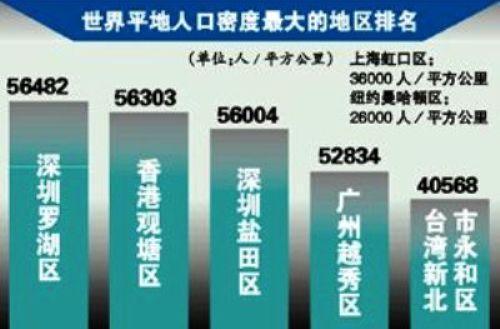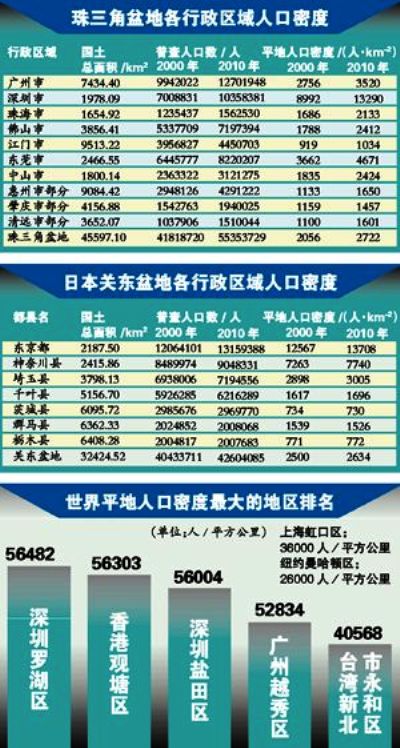New Census Data: There Are 5 Million More Men Than Women in Guangdong
Posted: 05/23/2014 2:28 pm
The Statistics Bureau of Guangdong Province has released census data from last year, and we’re going to generalize it this way: the average Guangdong resident is male, married, lives in the city, is getting older, and has many friends in the same boat.
The 2013 provincial census is full of rather alarming statistics, none more shocking that the wide discrepancy that exists between the sexes: there are 55.4 million male residents compared to only 50.9 million females., a difference of 4.5 million, reported the Nandu.
If you think living in the PRD is a great idea, many other people think so too. There are 57.1 million people living in the nine cities of the Pearl River Delta, an increase of 0.45% from the year before. They constitute 53.69% of the province’s permanent residents.

Moving to the city is tremendously popular in Guangdong. 72.1 million people live in cities while only 34.3 million people live in the countryside, a ratio of 67.76% to 32.24%. Last year, 720,100 people moved to the city, an annual growth rate of 1.01%.
The province has 106.4 million permanent provincial residents with an average population density of 593 people per square kilometer. The annual population growth rate of 0.47% has slowed down a bit, but this hasn’t made getting married any easier.
Married residents comprise the bulk of Guangdong’s population at 68.51%, while the unmarried population stands at 26.32%. Divorced residents comprise 0.81% of the population, of which widowers comprise a total of 4.36%. While there has been an increase in every other category, unmarried people continue to shrink as a group at a loss of 0.88%.
As well, Guangdong’s elderly population continues to grow, and for the first time ever comprises over 8% of the total population of the province. There are 8.6 million people over 65 in Guangdong, an increase of 1.2 million from the previous year, signifying a 16.26% increase in annual growth.
We’re not sure where the growing number of urban men will find their brides as the population continues to get older, but then they’ll likely get wisdom from their elders on how to find a date.












